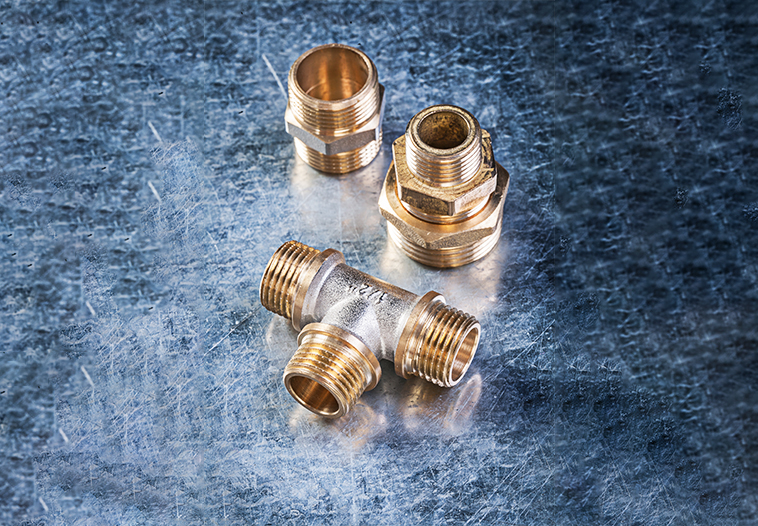
The Fundamentals of Brass Pipe Fittings That You Must Understand!
To ensure that a plumbing system functions properly, various pipes and tube pieces must be connected to one another. Brass Pipe fittings, which are specifically created for joining straight pipe sections and merging with pipes of various shapes and sizes, serve this purpose.
Nowadays utilised pipe fittings come in a huge variety. According to the application for which they are to be utilised, several types of fitting are necessary. These fittings are formed from a wide variety of materials, including brass, stainless steel, aluminium, steel, alloy steel, plastic, and so on. Each fitting made of a different material has a unique set of characteristics, features, and advantages. We’ll talk about the fundamentals of brass pipe fittings in this essay.
How are Brass Pipe Fittings Made? What Various Processes Are Involved?
Making high-quality brass pipe fittings requires a number of different steps. The most typical methods used in their manufacturing are as follows:
- Casting of Evaporative Patterns: As the name implies, this casting method employs evaporative technology.
- Casting with centrifugal force is a method most frequently used to create cylinders with thin walls. Alternatively known as rotocasting, the centrifugal casting technique is one.
- Continuous Casting: In this type of casting, the liquid metals are solidified to assist them achieve their final finish. The term “strand casting” is also used to describe the continuous casting procedure.
- A different method of casting metal is called die casting. This procedure involves forcing molten metal through a mold under intense pressure.
- What elements do brass pipe fittings need in order to function?
- The components used in brass pipe fittings are numerous. Which of these elements are they? Continue reading to find out:
- Component used to join two pipes together is a coupling. These components can be obtained in a variety of lengths as well as sizes.
- A pipe stub is essentially what a nibble is. Plumbing solutions most frequently make use of it to join two fittings. Instead, chlorinated polyvinyl chloride or copper are used to make this component.
- Tee: The delivery of a steady flow of any liquid is made possible by the employment of a tee, which is yet another essential pipe fitting component.
- When you need to join two pipes with different widths, you use a reducer. A reducer is utilised in that scenario.
- The elbow-shaped part is this component. With it, a pipe’s direction can be altered by 45° or 90°.
- Cross: This element’s shape is that of a cross, with four branches pointing in opposing directions, as its name suggests. In contrast to the other three branches, one of the four crosses is employed as an intake.
- Union: It’s necessary to disconnect the pipes during maintenance, fixture installation, or pipe replacement. For this objective, there is also a component. Anytime it is necessary for the aforementioned uses, a union is a part used to disconnect pipes.
Concluding
Shree Laxmi Industries is committed to providing our valued clients with the highest quality and services while maintaining the most competitive and affordable prices in the industry.
We are able to manufacture products to an accurate size, with a tolerance of 0.02-0.00, or according to the designs and specifications of the customer.
The aforementioned is the fundamental knowledge that you need to acquire concerning brass pipe fittings. In the upcoming sections, we will go over how to Select the Right Brass Fastenersto and their various applications and advantages.

